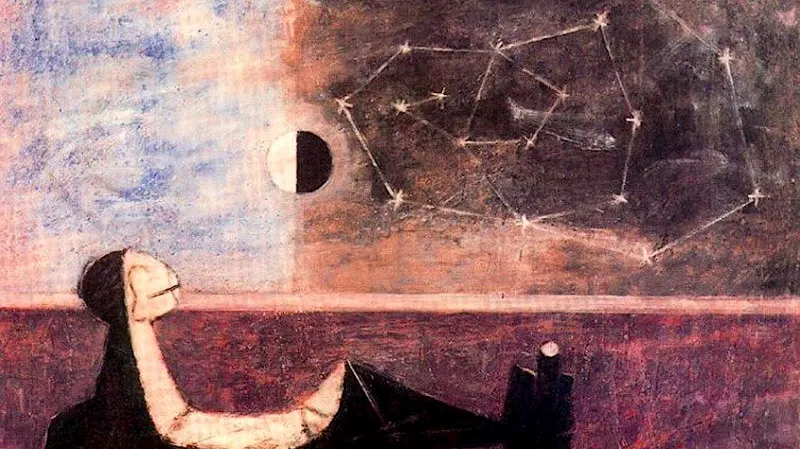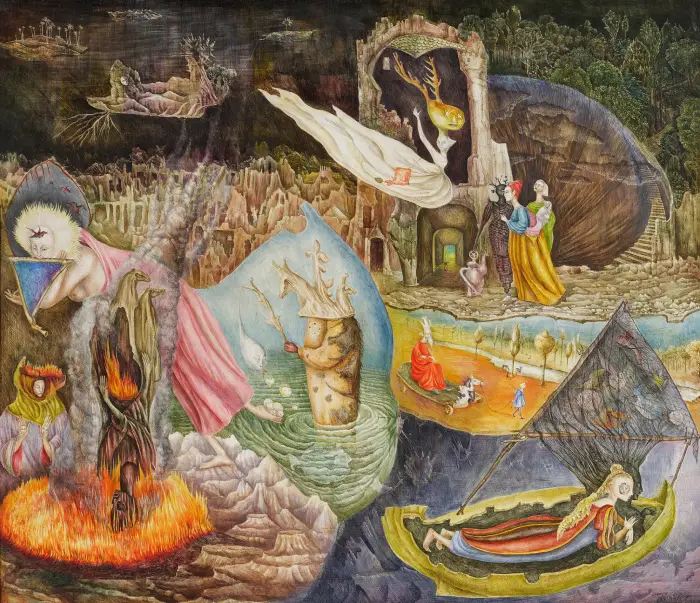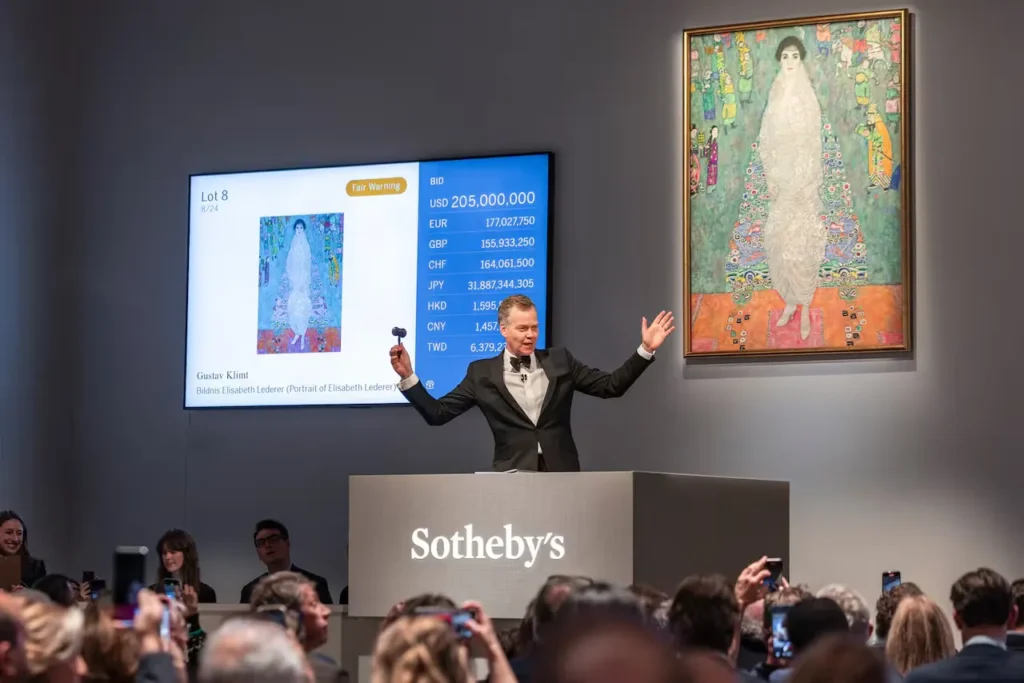For centuries, Mexican art has been a mirror of national identity, a form of expression that has accompanied the most important moments in the country’s history. Mexico has been the cradle of powerful and deeply symbolic artistic movements.

Brief history of Mexican art
Art in Mexico has ancestral roots dating back to the great pre-Columbian civilizations such as the Maya, Mexica and Zapotec. These cultures left an impressive visual legacy in architecture, sculpture and ceramics. With the arrival of the Spanish colonizers, Viceroyalty art took center stage with European influences that transformed the visual imaginary of the time.
During the 19th century, Mexican art began to show signs of nationalism, and in the 20th century, Mexican muralism marked a milestone in world art history. Diego Rivera, David Alfaro Siqueiros and José Clemente Orozco transformed public walls into visual narratives that portrayed Mexican history, struggle and the Mexican people. However, other artists began to search for new forms of expression away from political discourse. It is in this search that figures such as Rufino Tamayo and Leonora Carrington emerged.
Rufino Tamayo
Rufino Tamayo (1899-1991), born in Oaxaca, is one of the most important figures in Mexican art. Unlike the muralists, Tamayo opted for a more universal aesthetic, focused on the exploration of color, form and human emotion. Although his work is impregnated with Mexican cultural elements, his visual language transcends the national to delve into the humanist and abstract.

Tamayo created more than a thousand oil paintings, 452 graphic works, 358 drawings, 21 murals and 20 sculptures. He was a pioneer in the integration of European influences such as Cubism and Fauvism, without losing sight of his Oaxacan heritage. His colorful use of magenta, orange and purple became characteristic, as well as his symbolic representations of the human condition.
Today, her legacy can be appreciated in institutions such as the Tamayo Museum in Mexico City, which houses part of her work and an impressive collection of contemporary Mexican and international art.
Leonora Carrington
Although born in England in 1917, Leonora Carrington adopted Mexico as her creative homeland in 1942. Her arrival in the country marked a before and after in contemporary Mexican art, especially within surrealism. In an environment dominated by muralism, Carrington proposed an intimate and symbolic narrative that challenged the rigid structures of art.
Her work is characterized by fantastic creatures, esoteric symbols and dreamlike compositions that speak of the feminine, the spiritual and the subconscious. In addition to her pictorial production, Carrington was also a writer and sculptor, making her one of the most complete Mexican artists of the 20th century.

Leonora Carrington opened a space for women in Mexican art at a time when the scene was dominated by men. Her approach was not pamphletary, but poetic, which allowed her work to have multiple interpretations and a deep emotional connection with the viewer.
Contemporary Mexican art
Today, contemporary Mexican art is a mixture of local and global influences. While muralism still has its place, new forms of expression have emerged thanks to artists who, like Tamayo and Carrington, dared to look beyond the established limits.
Mexico is recognized worldwide for its famous Mexican artists, many of whom have gained international renown. From biennials to art fairs, the country remains a benchmark for creativity, innovation and social reflection through art.



